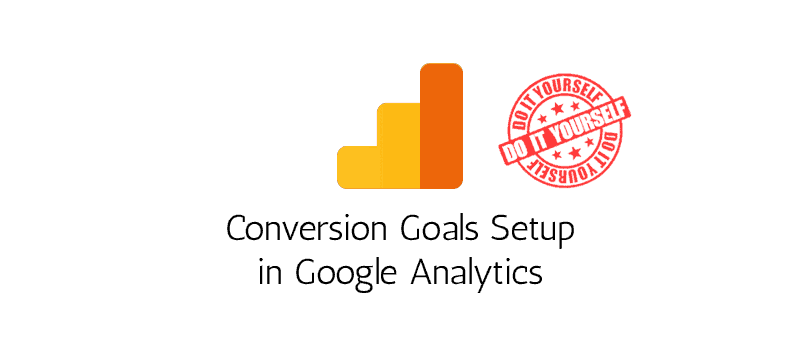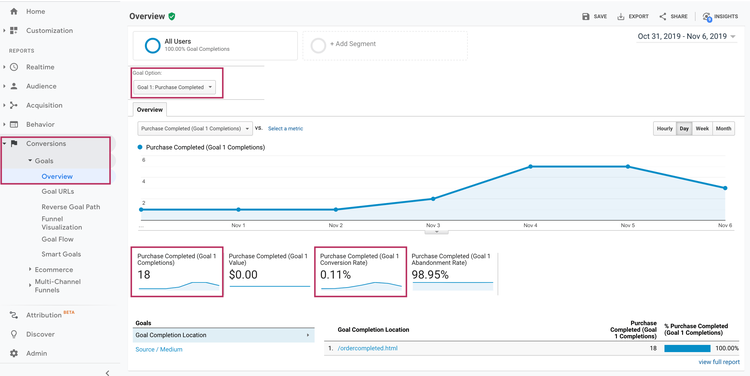What Data Is Google Analytics Goals Unable to Track: Crucial Details
What Data Is Google Analytics Goals Unable to Track: Crucial Details
Blog Article
Demystifying Google Analytics Limitations: Reveal What Data Goals Can not Track
In the world of electronic analytics, Google Analytics stands as an effective tool that provides useful insights into site performance and customer behavior. From the intricacies of user interaction with dynamic content to the intricacies of cross-device individual journeys, these restrictions dropped light on areas that might remain covered from conventional analytics point of views.

Individual Communication With Dynamic Web Content
User communication with vibrant web content plays a crucial duty in understanding customer behavior on web sites and enhancing the total individual experience. Dynamic material refers to elements on a page that can change without the demand for a full web page reload. This includes interactive aspects such as pop-ups, sliders, types, and video clips that react to user activities in real-time. By tracking customer communications with dynamic web content, internet site proprietors can gain valuable insights right into individual involvement, choices, and behaviors.
Google Analytics offers numerous tools to track user interactions with vibrant material, such as event tracking and virtual pageviews. Event monitoring permits you to keep track of certain user activities, like clicking a switch or enjoying a video clip, providing data on how individuals communicate with vibrant aspects.
Cross-Device Customer Journeys
How can contemporary analytics tools track the facility paths customers take across multiple tools in their online trips? Cross-device individual journeys provide a considerable difficulty for monitoring and assessing individual actions precisely. As individuals interact with apps or sites using numerous gadgets such as desktop computers, tablet computers, and mobile phones, it comes to be vital to understand exactly how they relocate in between these platforms to maximize user experience efficiently.
Google Analytics faces restrictions in tracking cross-device user trips due to personal privacy problems and technological restrictions - what data is google analytics goals unable to track. While it can provide understandings right into individual devices' interactions, tracking a seamless user trip across multiple tools continues to be a difficulty. This limitation can lead to insufficient information and fragmented user insights, making it hard for companies to create a unified sight of the consumer trip
To address this problem, services can make use of sophisticated analytics devices that offer cross-device tracking capacities, permitting them to gain a much more holistic understanding of customer habits. By leveraging these tools, businesses can link the space in tracking cross-device individual journeys and optimize their electronic techniques for a seamless individual experience.
Offline Conversions and Acknowledgment
As organizations navigate the difficulties of tracking cross-device customer journeys, another crucial element to take into consideration is the world of offline conversions and acknowledgment in the world of data analytics. While Google Analytics provides beneficial insights into on the internet user behavior, it drops short when it comes to tracking conversions that occur offline. This limitation positions a substantial difficulty for companies that have both online and offline sales networks.
Offline conversions, such as purchases made in physical shops or with phone call facilities, are necessary to comprehending the full customer journey. Without the capacity to connect these offline conversions to particular online communications, businesses may battle to accurately gauge the effect of their digital advertising initiatives.
To resolve this gap, organizations can check out alternate remedies such as integrating CRM systems with online analytics devices or making use of unique discount codes that can be mapped back to on-line campaigns. By bridging the void in between online and offline data, organizations can gain a more detailed understanding of their clients' habits and improve their general advertising methods.
Person Individual Identification
In the world of information analytics, the ability to accurately identify private users across numerous on-line touchpoints is an important difficulty for companies seeking to personalize and optimize their advertising and marketing methods. While Google Analytics offers important understandings into individual habits and interactions, it falls brief in making it possible for the identification of particular individuals due to privacy concerns and technical constraints. Google Analytics utilizes unique identifiers such as cookies to track user sessions and habits, but these do not equate to identifying specific users in a personal feeling.

Data From Secure Pages
Regardless of the boosting prevalence of safe pages on sites, getting data from these encrypted resources offers a special challenge for digital analytics platforms like Google Analytics. Secure pages, indicated by HTTPS in the link, secure information exchanged between the customer's web browser and the website's web server to make certain privacy and safety. While this security is crucial for check these guys out shielding delicate details, it additionally postures restrictions for tracking user behavior and celebration analytics data.
Google Analytics faces challenges in gathering thorough details from protected web pages because of the security procedures in position. As an outcome, specific information points such as reference sources, keyword searches, and also some individual interactions might not be completely recorded when customers access an internet site through a safe and secure connection. This restriction can impact the accuracy and completeness of check it out the data analysis, bring about gaps in understanding individual habits and choices on safe and secure web pages.
To navigate this obstacle, electronic experts might require to he has a good point check out alternative tracking techniques or leverage various other devices especially created to gather understandings from secure web pages. By adjusting techniques to fit these constraints, services can still acquire beneficial analytics despite the restrictions offered by encrypted links.
Verdict
In verdict, Google Analytics has limitations in tracking customer communication with dynamic material, cross-device customer trips, offline conversions, private customer recognition, and information from secure web pages. Despite its useful understandings, Google Analytics may not provide a complete picture of user interaction throughout various touchpoints.
Customer communication with dynamic content plays a critical role in comprehending user habits on web sites and enhancing the general individual experience. By tracking individual interactions with dynamic web content, site proprietors can acquire beneficial understandings into customer interaction, preferences, and behaviors.
Google Analytics uses one-of-a-kind identifiers such as cookies to track customer sessions and habits, however these do not equate to identifying individual customers in a personal feeling.
As an outcome, specific data factors such as referral resources, keyword searches, and also some customer communications might not be fully caught when individuals access an internet site via a safe and secure connection.In conclusion, Google Analytics has limitations in tracking customer communication with dynamic content, cross-device user trips, offline conversions, private customer identification, and information from safe and secure pages.
Report this page